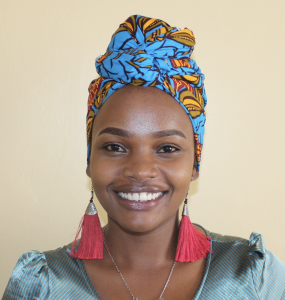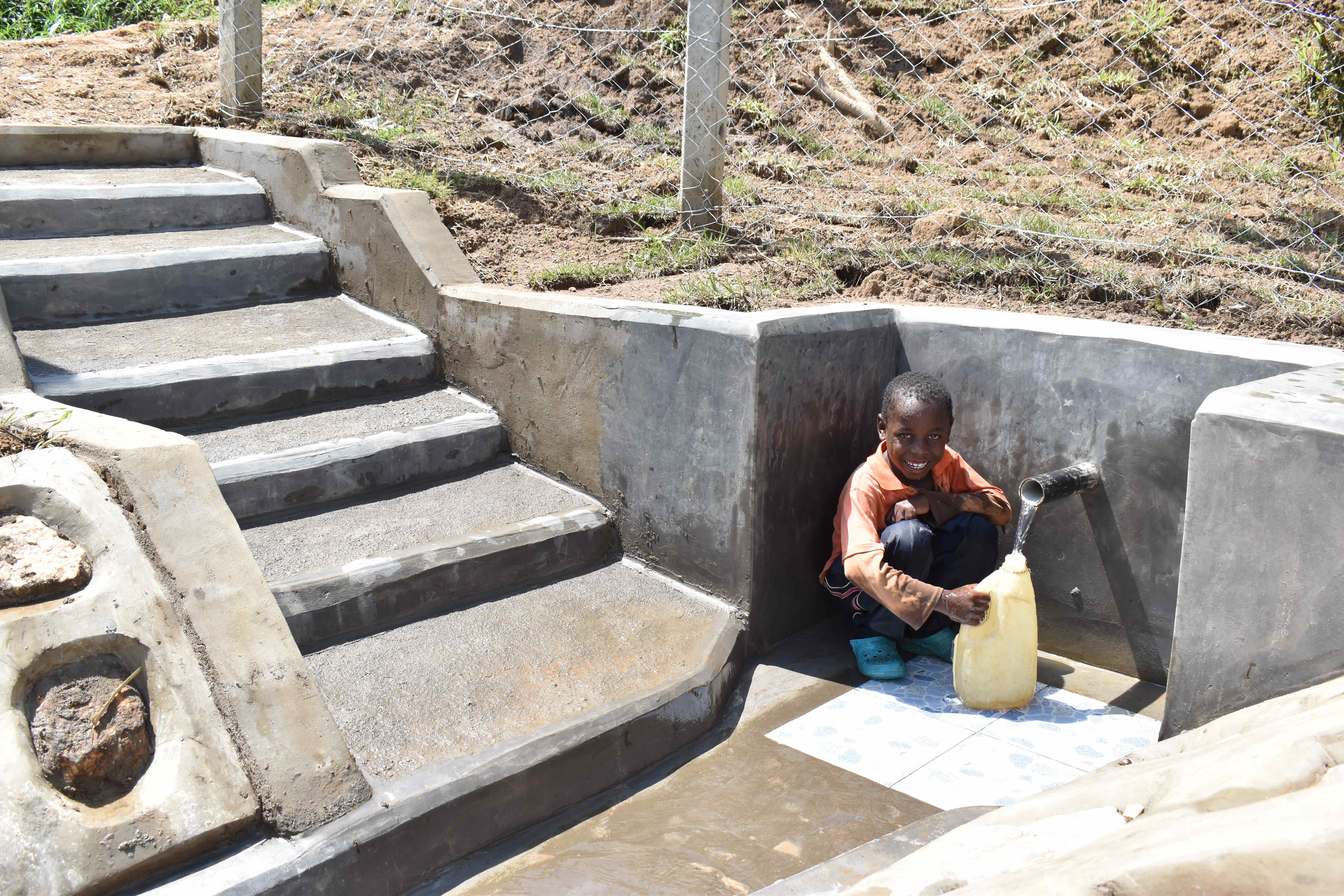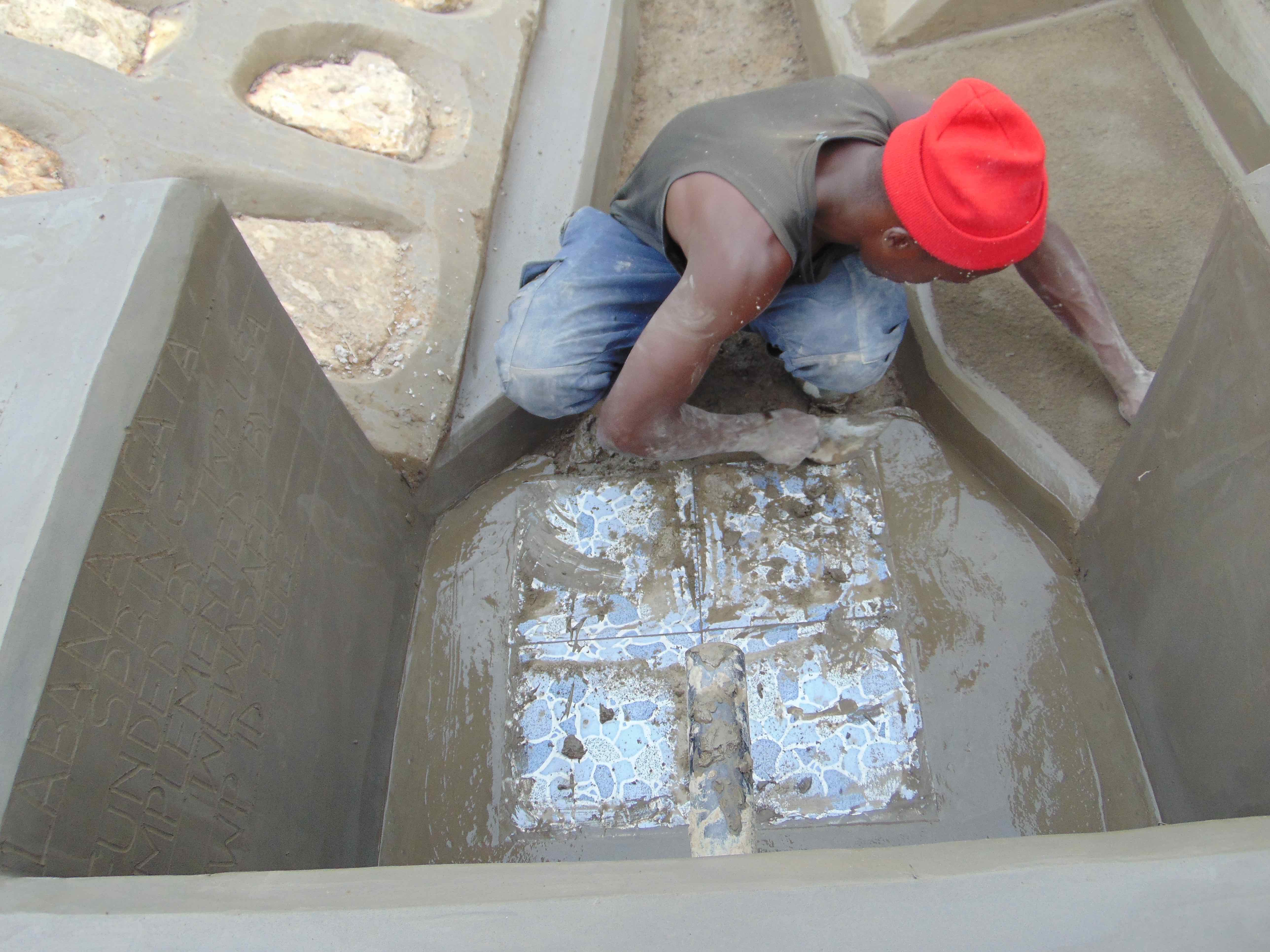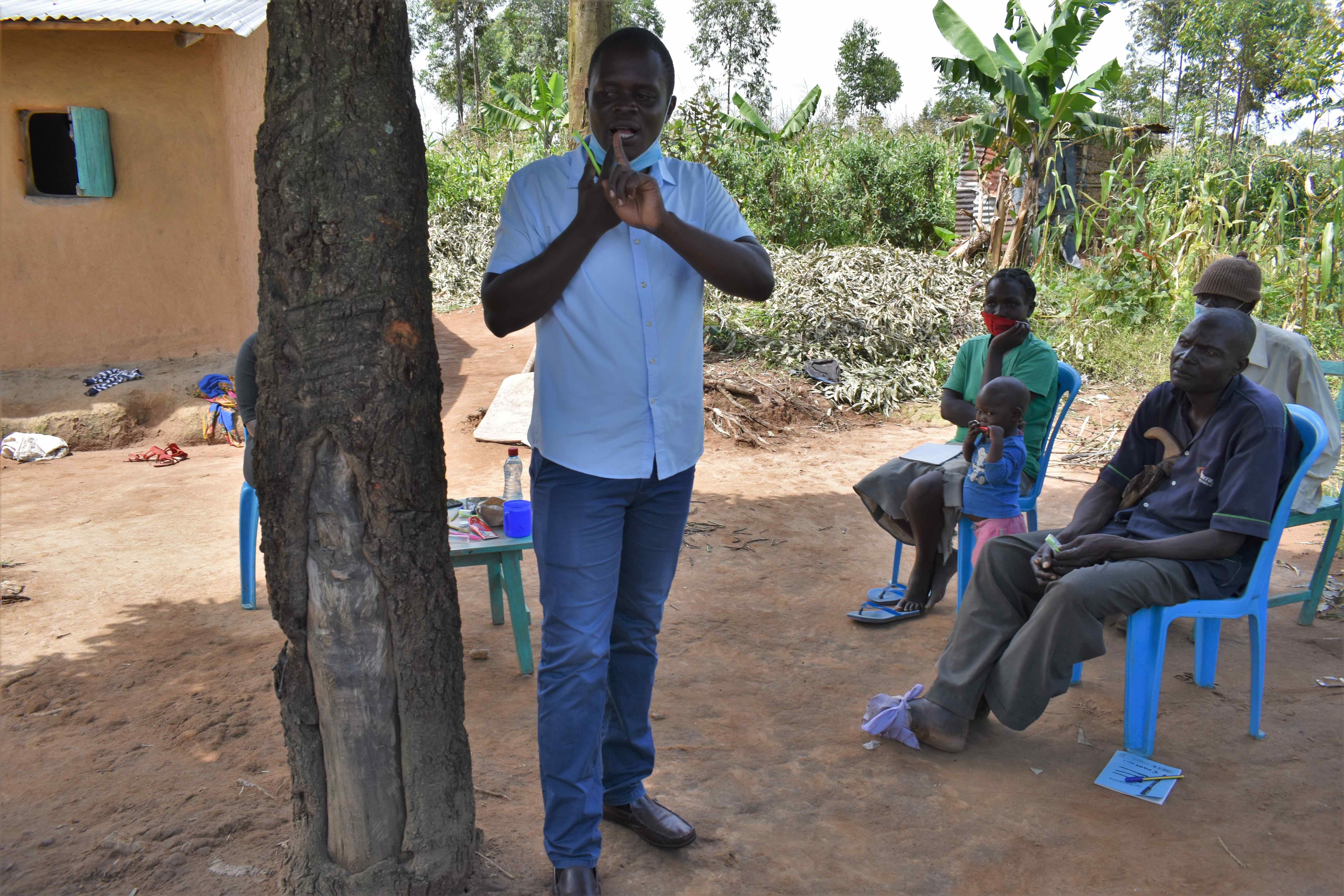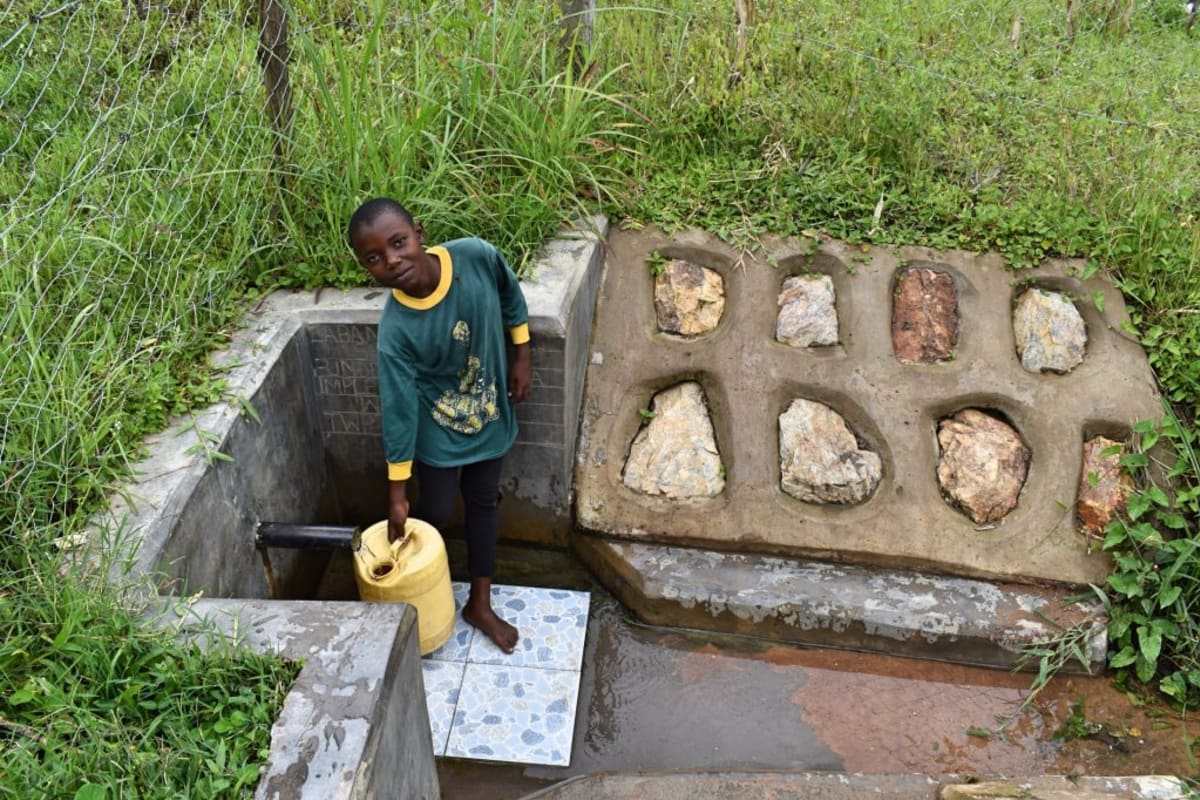Laban Ang'ata Spring is the only water source for 160 people in Shamoni, but its water is not safe for consumption. The spring is open and water collects in a muddy pool rife with algae, water plants, rotting leaves, and insects. Runoff from the rains carries farm chemicals, animal waste, and soil directly into the spring.
Community members have tried to improve their access to the spring by inserting a plastic pipe into a mud wall they built to try to force the water to flow. Though some water flows through the pipe, a lot is missed, slowing community members down as they wait for their jerrycans to fill. Sometimes the mud wall and pipe are washed away during heavy washout after storms, further slowing community members down as they have to rebuild the system and wait for the water to settle to begin fetching it again.
Because the pipe sits directly in the earth, it is consistently dirty and has its own algae, further contaminating the water people collect. The spring is also tricky to access as people must stand in the pool of water or on slippery rocks that sit beneath the installed pipe while they fetch.
The daily norm at Laban Ang'ata Spring is crowding and long lines as people wait their turn to fetch water. "Sometimes we scramble and fight to access the water due to congestion," said primary school student Victor.
"I have to wake up early to avoid congestion at the spring...Sometimes I am late preparing the children for school," said 71-year-old farmer Filista Ang'ata, who cares for her grandchildren at home.
Mama Ang'ata is not alone in her delayed schedule; anyone who gets stuck waiting in line at the spring finds their farm work, house chores, family care, and other activities delayed. But because every family needs the cleanest water possible to get through the day, women and children are required to prioritize going to the spring above all else. If fetching water were easier and faster, they would not have to sacrifice so much of their productive time each day to the task.
Time lost at the spring is compounded by the amount of time community members spend sick and trying to recover from their water-related illnesses after consuming this spring water. People here report frequent cases of stomach problems, sore throats, and diarrhea among families who depend on this spring. These water-related illnesses cost families dearly in financial resources as they pay for medicine and hospital visits. Adults lose time at work, and children have to stay home from school when they are sick. These waterborne illnesses are trapping entire families in cycles of limited opportunities, preventing them from reaching their goals and realizing their full potential.
What We Can Do:
Spring Protection
Protecting the spring will help provide access to cleaner and safer water and reduce the time people have to spend to fetch it. Construction will keep surface runoff and other contaminants out of the water. With the community’s high involvement in the process, there should be a good sense of responsibility and ownership for the new clean water source.
Fetching water is a task predominantly carried out by women and young girls. Protecting the spring and offering training and support will, therefore, help empower the female members of the community by freeing up more of their time and energy to engage and invest in income-generating activities and their education.
Training on Health, Hygiene, COVID-19, and More
To hold trainings during the pandemic, we work closely with both community leaders and the local government to approve small groups to attend training. We ask community leaders to invite a select yet representative group of people to attend training who will then act as ambassadors to the rest of the community to share what they learn. We also communicate our expectations of physical distancing and wearing masks for all who choose to attend.
The training will focus on improved hygiene, health, and sanitation habits in this community. We will also have a dedicated session on COVID-19 symptoms, transmission routes, and prevention best practices.
With the community’s input, we will identify key leverage points where they can alter their practices at the personal, household, and community levels to affect change. This training will help to ensure participants have the knowledge they need about healthy practices and their importance to make the most of their water point as soon as water is flowing.
Our team of facilitators will use a variety of methods to train community members. Some of these methods include participatory hygiene and sanitation transformation, asset-based community development, group discussions, handouts, and demonstrations at the spring.
One of the most important issues we plan to cover is the handling, storage, and treatment of water. Having a clean water source will be extremely helpful, but it is useless if water gets contaminated by the time it is consumed. We and the community strongly believe that all of these components will work together to improve living standards here, which will help to unlock the potential for these community members to live better, healthier lives.
We will then conduct a small series of follow-up trainings before transitioning to our regularly scheduled support visits throughout the year.
Training will result in the formation of a water user committee, elected by their peers, that will oversee the operations and maintenance of the spring. The committee will enforce proper behavior around the spring and delegate tasks that will help preserve the site, such as building a fence and digging proper drainage channels. The fence will keep out destructive animals and unwanted waste, and the drainage will keep the area’s mosquito population at a minimum.

 Protected Spring
Protected Spring
 Rehabilitation Project
Rehabilitation Project








